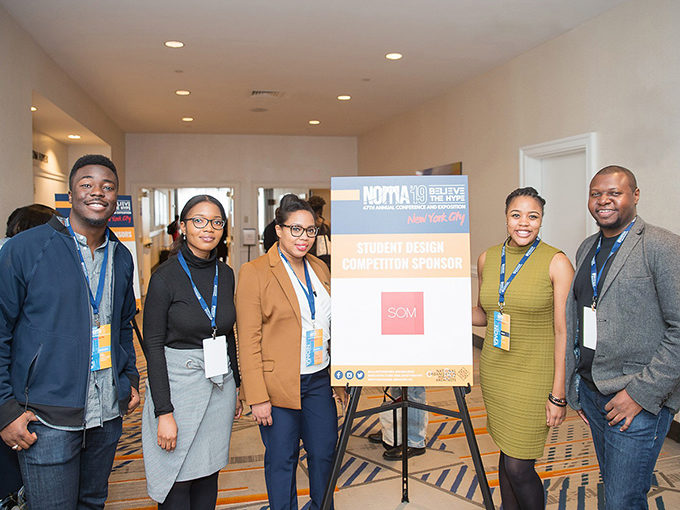
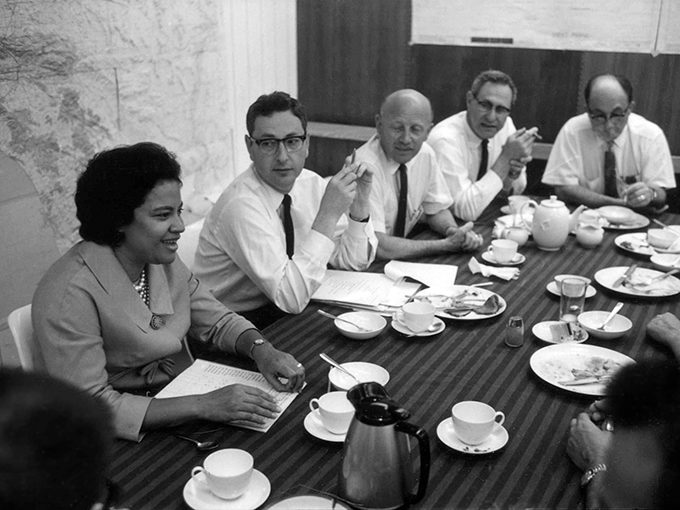
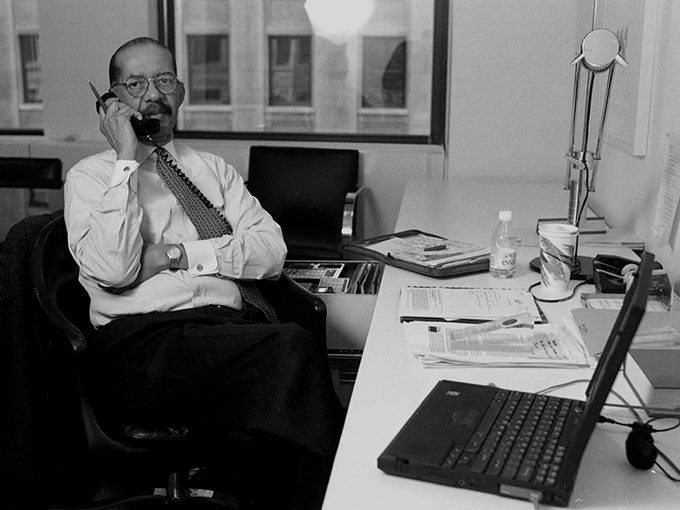

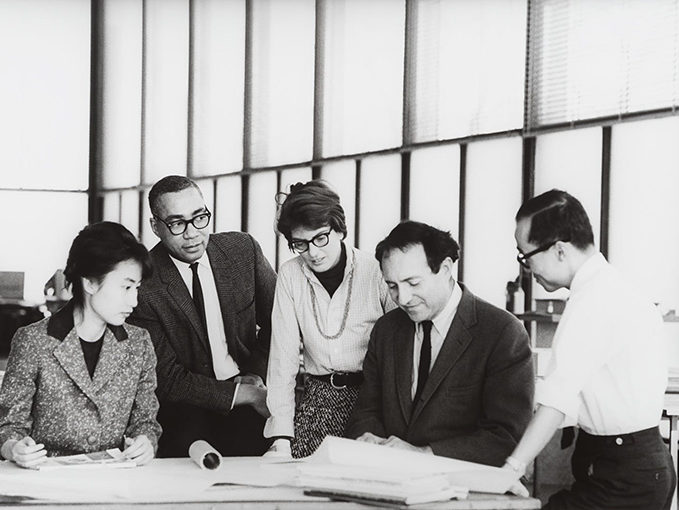
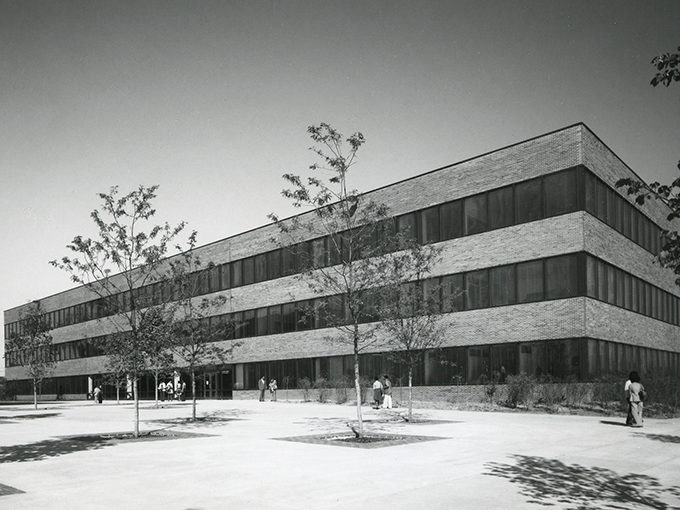
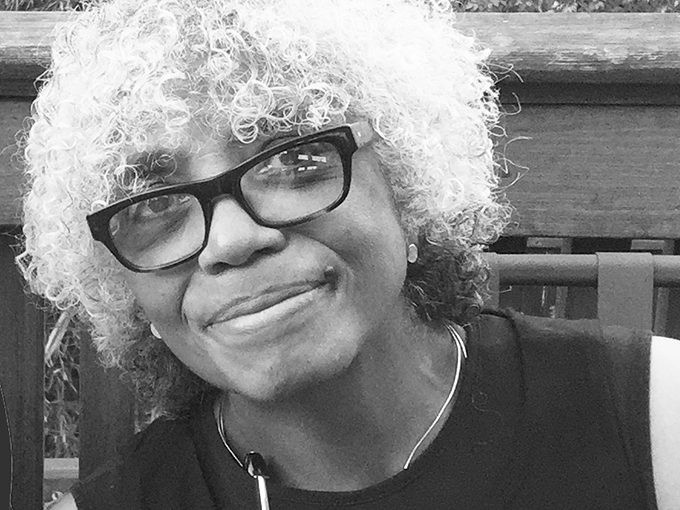

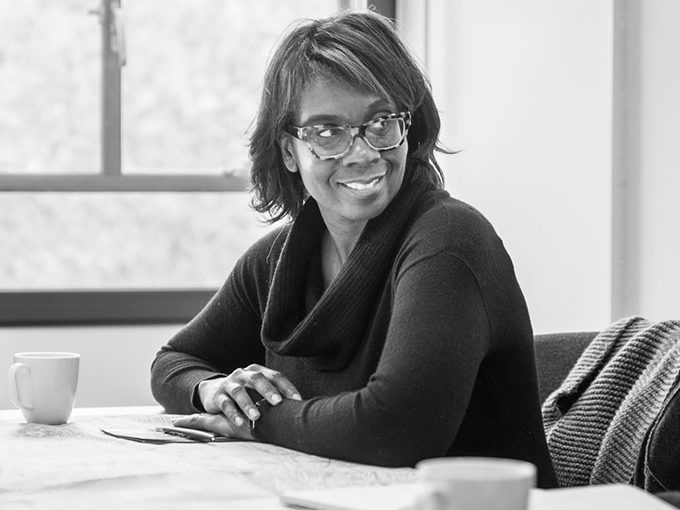

It’s no secret that the design profession has a persistent diversity gap: African American architects today represent only about two percent of licensed architects in America, according to the National Organization of Minority Architects (NOMA). What’s more, the contributions of these designers are not often widely recognized. Throughout February, a group of our designers active in NOMA has worked to shine the spotlight on notable architects who have worked at SOM over the years—pioneering figures who broke barriers decades ago, and leaders who continue to shape the future of architectural practice.
“These individuals had a big impact at SOM and opened the doors for many of us,” says Dawveed Scully, an urban designer who led the effort. “But their stories were not very well known, even within our office. That’s why we want to celebrate their achievements, and Black History Month is the perfect time to start.”
Norma Merrick Sklarek (1926 – 2012)
Norma Merrick Sklarek was undaunted by gender and race barriers: she was one of only two women in her class at Columbia University to graduate with a degree in architecture. Soon afterward she became the first African American woman to earn an architecture license in New York State. Applying for work and being rejected 19 times, she finally landed her first job—at SOM. She went on to build her career at several design firms in California, helping to lead projects including the Pacific Design Center in West Hollywood and Terminal 1 at LAX. In 1980, Sklarek became the first black woman to be elected a Fellow of the American Institute of Architects.
Robert Wesley
A Memphis, Tennessee native, Robert Wesley joined SOM in 1964 and stayed for nearly four decades. During that time, he had a hand in dozens of projects that came out of the Chicago office. Wesley eventually became the partner in charge of project administration, and was the first black partner at SOM. Outside of the office, Wesley was involved in many civic and professional organizations. He served as Vice President of the Chicago chapter of the AIA, and was a founding board member of the Newhouse Architecture Foundation, which brings architecture and design programs to high schools, especially those in underserved communities.
David Sharpe
During his years at SOM, David Sharpe pursued a dual career as an architect and academic. A graduate of Tuskegee University, Sharpe earned a master’s degree at Illinois Institute of Technology (IIT). There he studied under Mies van der Rohe and also Myron Goldsmith, who recruited Sharpe to join SOM’s Chicago office in 1964. The two would also become colleagues on the faculty at IIT. Together, Sharpe and Goldsmith transformed the curriculum, shifting the emphasis from theory toward applied research. Sharpe left SOM in 1985 to teach full-time and direct the graduate thesis program at IIT. In 2015, Tuskegee University School of Architecture presented Sharpe with its Distinguished Alumni Award—and renamed the award in his honor.
Allison Grace Williams
Allison Grace Williams worked with SOM’s San Francisco office from 1980 to 1997, becoming a senior associate partner in design. She played leadership roles on major urban and civic projects including the International Terminal at San Francisco Airport and 88 Kearny Street. As a design partner with other prominent firms, she continued to lead large-scale work around the world, including federal commissions through the GSA’s Design Excellence Program, research facilities for NASA, high-rise labs in Singapore, and the competition-winning design for the August Wilson Center in Pittsburgh. In 2017, she founded her design practice, AGWms-studio. Her honors include a Loeb Fellowship at Harvard Graduate School of Design and the Distinguished Alumnus Award at UC Berkeley College of Environmental Design. In 2018 she was honored with the Norma Merrick Sklarek Award for social and civic commitment. Williams delivered the keynote at the most recent NOMA Conference.
Toni L. Griffin
Toni Griffin has built a career that spans private practice, public administration, and academia—tied together by a commitment to building a just and equitable future for American cities. She began as an architect at SOM in Chicago in 1986 and remained with the firm for a decade, becoming an associate partner involved in architecture and urban design projects. Most recently, as the founder of her own practice, she led the efforts to create a planning framework known as Detroit Future City, and has since worked in the cities of St. Louis, Chicago, Memphis, Milwaukee and Pittsburgh. Now a Professor in Practice of Urban Planning at Harvard Graduate School of Design, Griffin leads research in design and social justice, and is guiding the next generation of planning and design leaders.